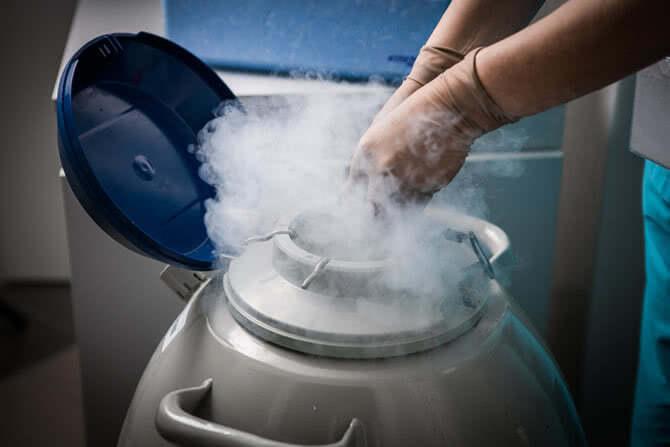Cryopreservation Equipment for Preserving Biological Specimens

Cryopreservation involves preserving living cells and tissues at extremely low temperatures, usually using liquid nitrogen at -196°C. At such low temperatures, any biological activity including cell division and metabolic processes is effectively stopped. This allows long-term storage of biological specimens such as human eggs, sperm, embryos, and stem cells for future use in fertility treatments or medical therapies. Cryopreservation is also an important technique for conserving animal breeds, plant species, and microbial cultures that have important scientific, medical or agricultural value.
Cooling and Freezing Methods
There are two main methods used for cooling and freezing biological samples in Cryopreservation Equipment - Slow freezing and Vitrification. Slow freezing involves cooling the specimen at a controlled rate, usually 0.3°C/min, down to -80°C before plunging into liquid nitrogen. This allows ice crystals to form outside cells minimizing damage. Vitrification avoids ice crystal formation by extremely rapid cooling using high concentrations of cryoprotectants. The sample solidifies into an amorphous glass-like state. Today most cryopreservation uses programmable freezing or vitrification devices for ensuring consistent and reproducible results.
Storage Dewars and Tanks
Once frozen, biological specimens must be stored indefinitely in liquid nitrogen storage tanks at -196°C. Standard cryopreservation storage vessels include self-pressurizing cryogenic dewars or large liquid nitrogen storage tanks. Dewars are vacuum-insulated flasks that can hold liquid nitrogen for several weeks by minimizing evaporation. Their necks allow direct submersion of cryovials or straws holding frozen samples. Large nitrogen storage tanks with computer-controlled filling systems can hold thousands of specimens safely for decades. Alarms indicate when liquid levels are low to ensure uninterrupted cryogenic storage.
Warming and Thawing Equipment
To use cryopreserved specimens, they must be safely warmed or thawed from liquid nitrogen storage. Programmable temperature controllers rapidly warm the samples at a preset rate while precisely monitoring temperatures. This minimizes damage from ice crystal formation during thawing. Cryocanes are hollow tubes that allow direct transfer of frozen samples from storage dewars to warm water baths or incubators set at 37°C. Sample warming is a delicate process requiring careful control of temperatures to maximize post-thaw viability.
Get more insights on Cryopreservation Equipment
- Art
- Causes
- Crafts
- Dance
- Drinks
- Film
- Fitness
- Food
- الألعاب
- Gardening
- Health
- الرئيسية
- Literature
- Music
- Networking
- أخرى
- Party
- Religion
- Shopping
- Sports
- Theater
- Wellness
- IT, Cloud, Software and Technology


